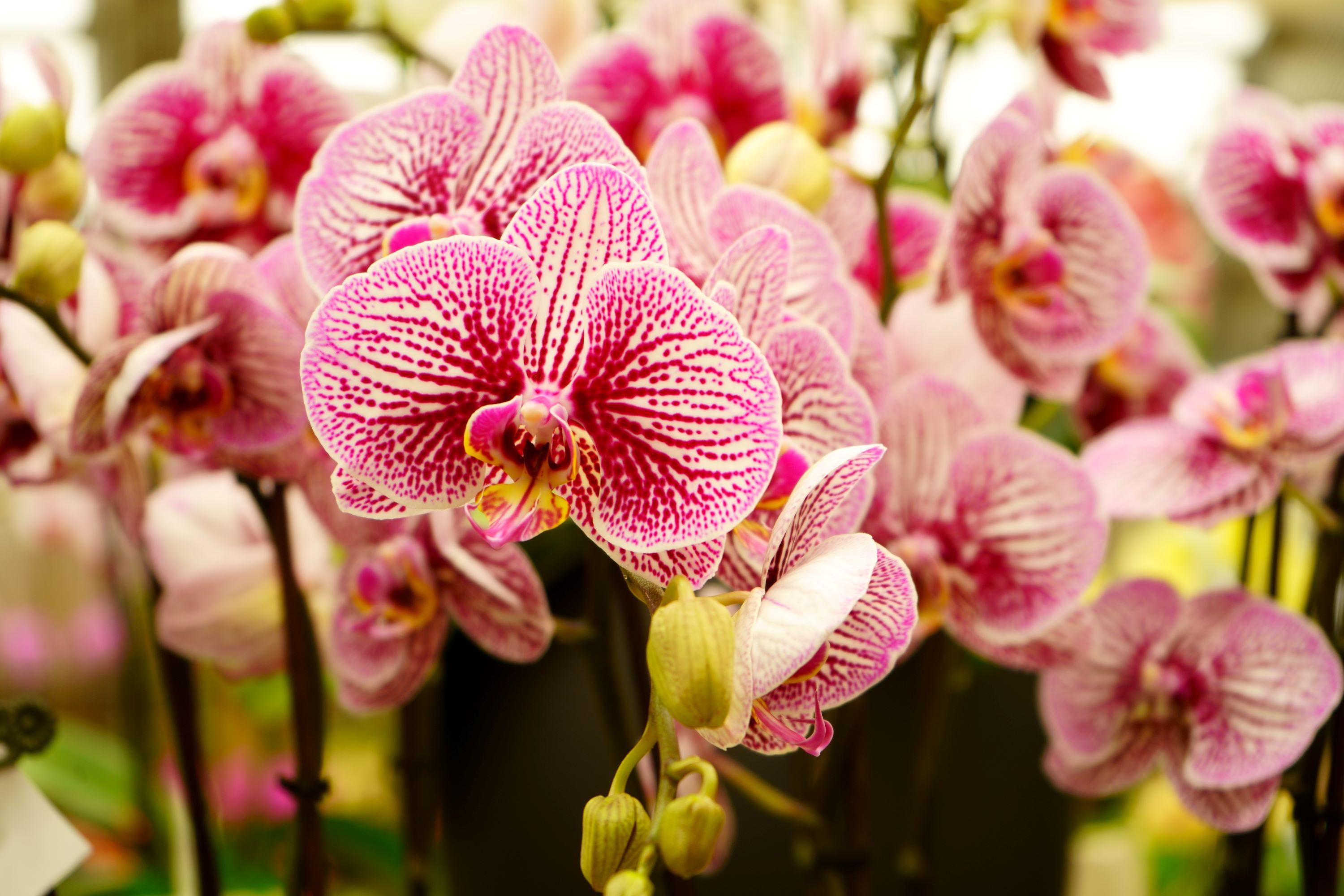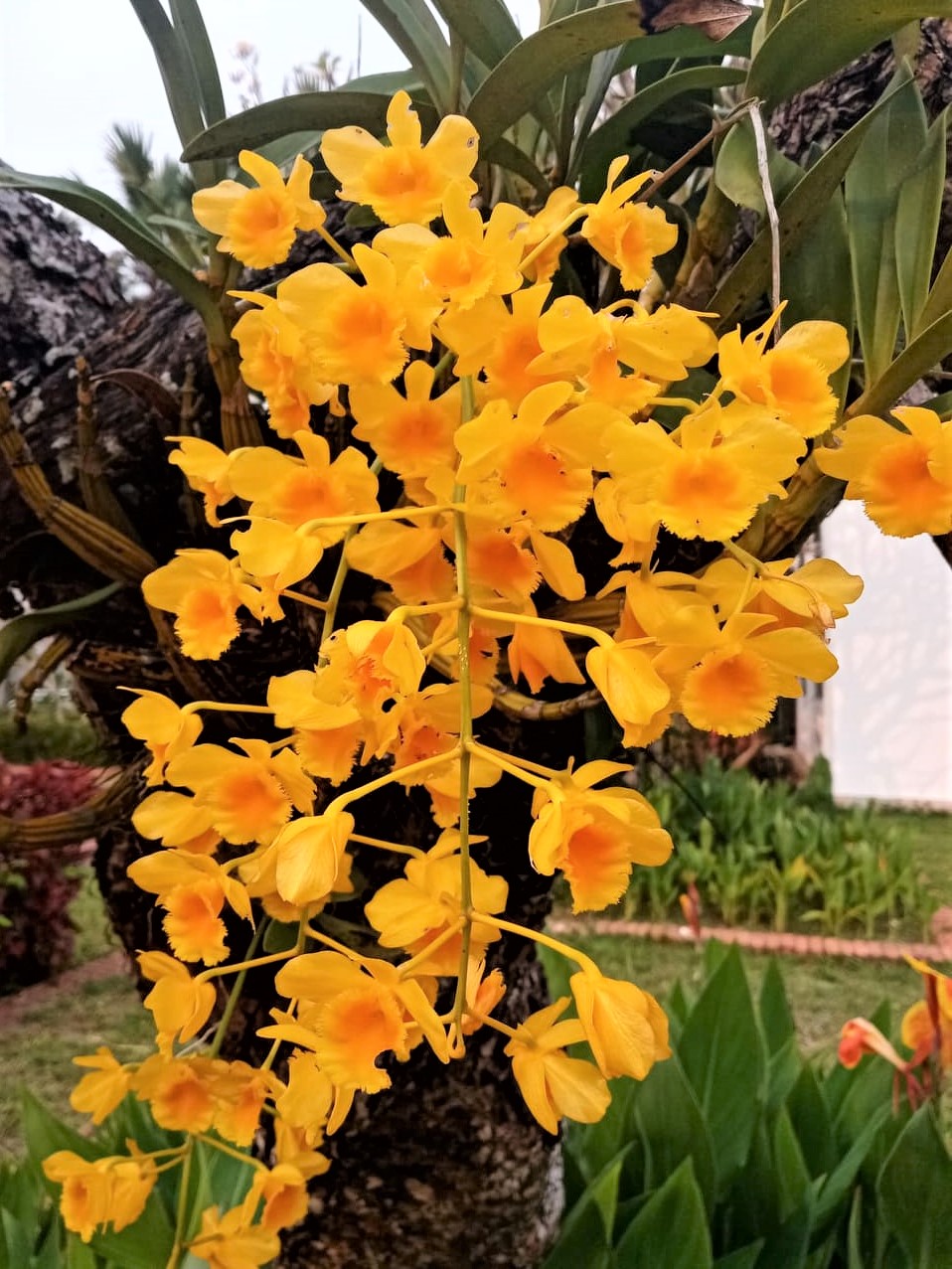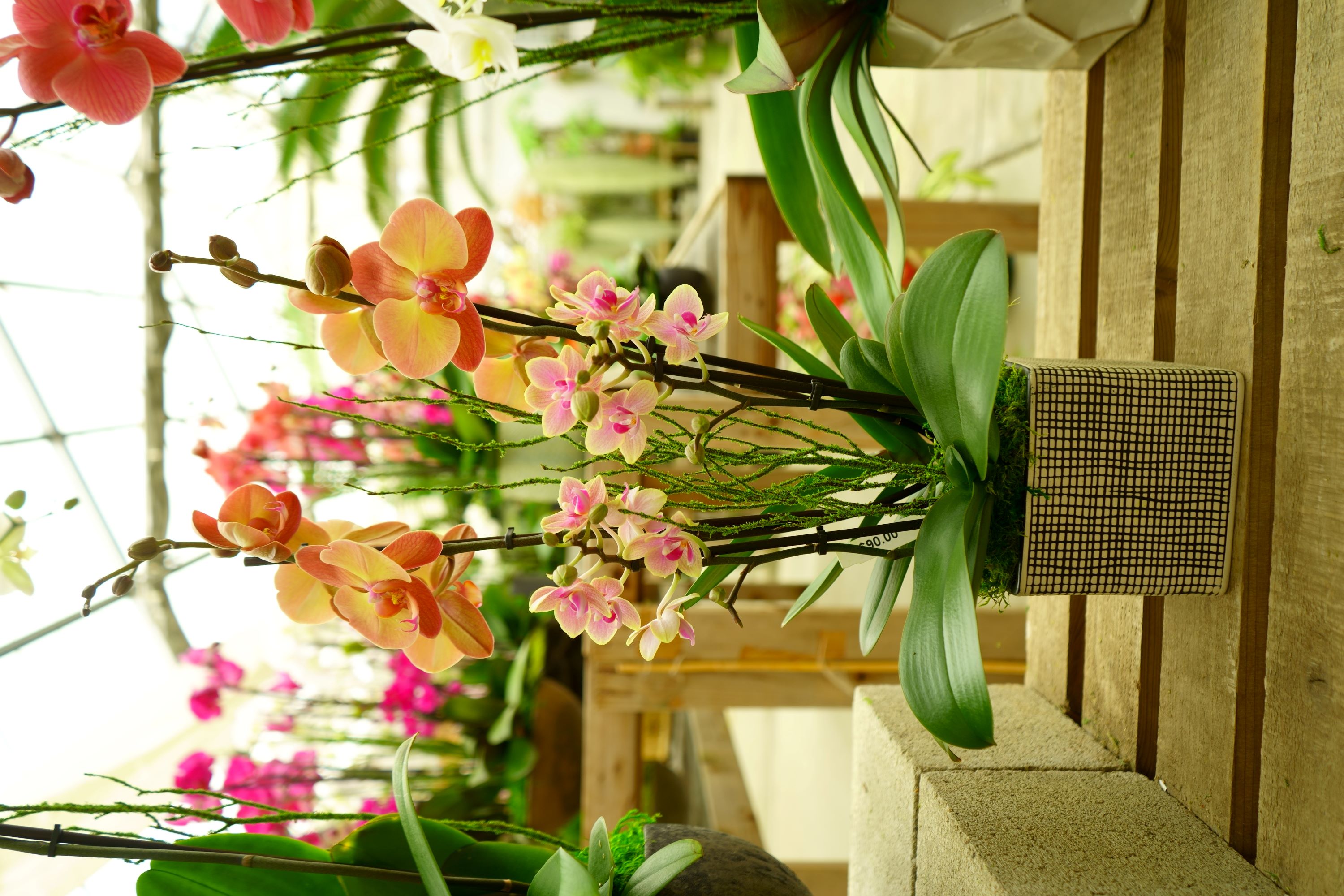How Often To Water Orchids
How often to water orchids and watering orchids properly requires taking into account several factors such as the species, the grow medium, the size of the plant and container, the climate, and the season. An often overlooked component of watering is the actual type of water that is used to water your orchids. It is important to use water with an appropriate level of total dissolved salts and pH, which can be measured by using a TDS or pH meter. You can read more about using a TDS meter in these Heavenly orchids article on watering.
The best source of water for orchids is from rainwater, tap water, reverse osmosis, or distilled water. Temperature is also critical as sudden changes can harm the roots and cause premature flower loss. Installing a reverse osmosis system or using distilled water are good options to ensure water quality. Overwatering or underwatering are equally damaging to orchids, so it is crucial to understand the watering needs of different orchid species. In this column, we will discuss how often to water orchids, as well as the watering needs of various orchid species. Municipal water often has many chemical additives that can be detrimental to orchids over time. We will also explore the benefits of using rainwater, reverse osmosis, and distilled water for orchids.
 Photo Credit: Mark Curran
Photo Credit: Mark CurranHow often to water orchids?
The answer to this question largely depends on the type of orchid you are growing, as well as the environment in which it is growing. Also, the terms watering and fertilizing are usually synonymous. Generally, most orchids should be watered and fertilized once a week, but this can vary depending on several factors, including the humidity level, temperature, and light intensity. There is an old saying in the orchid growing world that says, water weakly weekly, which means providing a weak solution of fertilizer when watering on a weekly basis. It is important to monitor the growing medium moisture level and adjust watering accordingly.
Watering needs of various orchid species
There are over 25,000 species of orchids, and each has its unique watering needs. Some orchids, such as Paphiopedilum require more frequent watering, preferring slightly moister growing conditions, but not so moist as to cause root rot. The frequency of watering can depend on what your growing medium consists of. Bark tends to dry out faster while sphagnum moss retains moisture for longer, it is a good idea to take note of the watering schedule suggested by the orchid grower when you purchase your plant. Other orchids, like Cattleya and Dendrobium, prefer to dry out slightly between waterings. It is essential to research the specific watering needs of your orchid species to ensure proper care.
Tap Water
Tap water is typically the most readily available source of water for most people. However, before using it to regularly water our orchids, there are important factors we should consider. Firstly, we need to determine the hardness or softness of our tap water. This is based on the amount of total dissolved salts present in the water. If the total dissolved salts are less than 100 parts per million, the water is considered soft, while a reading between 100 and 200 parts per million indicates medium soft water, and water with over 200 parts per million is classified as hard water. It is crucial to know the hardness of the water we use, as prolonged use of hard water may result in a salt build-up that can harm the root system of our orchids. A TDS PPM meter or a report from our local water authority can provide us with the total dissolved solids content of our water. Secondly, we should know the pH level of our water. This can be effortlessly obtained by using a pH meter. A neutral to acidic pH level, ideally pH 7 or lower, is what we are looking for. Local water authorities or their websites can provide us with this information as well. Typically, hard water has a higher, more alkaline pH level, while soft water has a lower pH level. Soft water with lower pH values is ideal for our orchids' growth and development.
Saving rainwater for orchids
In their natural habitat, orchids obtain water from rainfall, dew, and humidity. Natural rainfall is ideal when it comes to a source of water for your orchid watering, and it is a great idea to save rainwater for this purpose. Rainwater is an excellent choice for watering orchids because it is free of the chemicals and minerals found in tap water. It is also naturally slightly acidic, which many orchids prefer. To collect rainwater, simply place a container such as a large barrel outside during a rainstorm, and use it to collect water for your orchids.
Using reverse osmosis and distilled water for orchids
Reverse osmosis and distilled water are both excellent choices for watering orchids because they are free of the minerals and chemicals found in tap water. Reverse osmosis water is produced by passing tap water through a membrane that filters out impurities, while distilled water is produced by boiling and collecting the steam. However, it is important to note that reverse osmosis and distilled water can be slightly acidic, so it may be necessary to adjust the pH of the water before using it to water your orchids. It is important to remember that we are looking for a ph range between 5 and 7 when watering our orchids.
Learning about how often to water orchids can be a little challenging, but understanding the watering needs of your orchid species is crucial for their survival. When in doubt remember the old saying, water weakly weekly. Research your orchid species to know it's preferred water requirements. Remember to monitor the growing medium moisture level and adjust watering accordingly. Collecting rainwater or using reverse osmosis or distilled water can also be beneficial for orchids. By following these tips, you can help your orchids thrive and enjoy their stunning blooms year after year.



